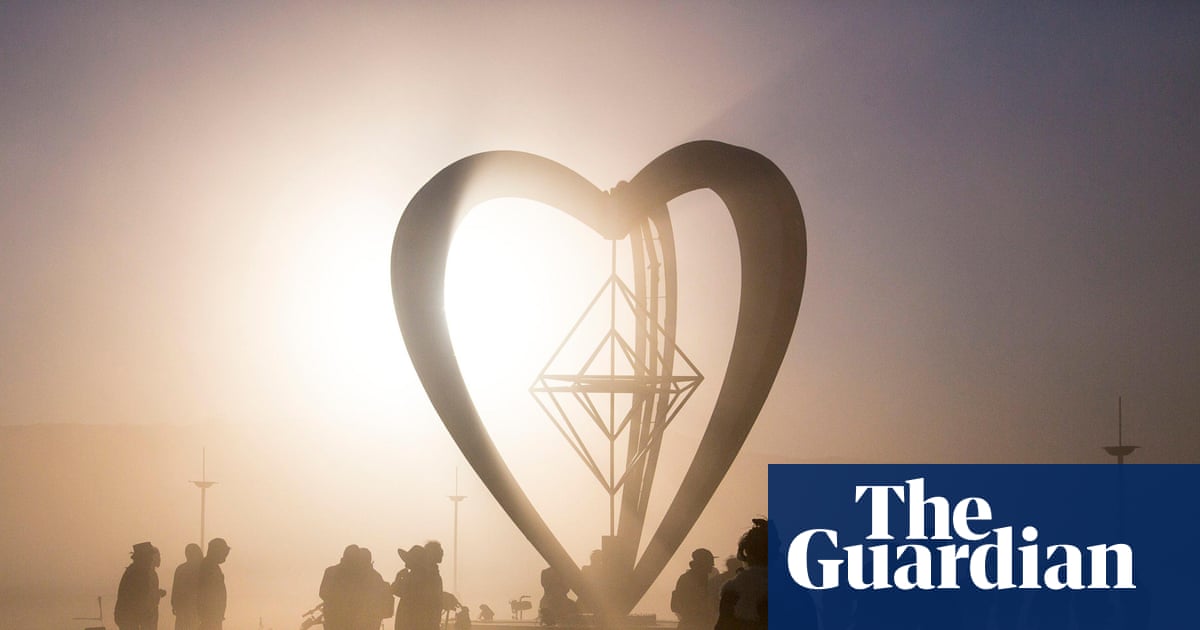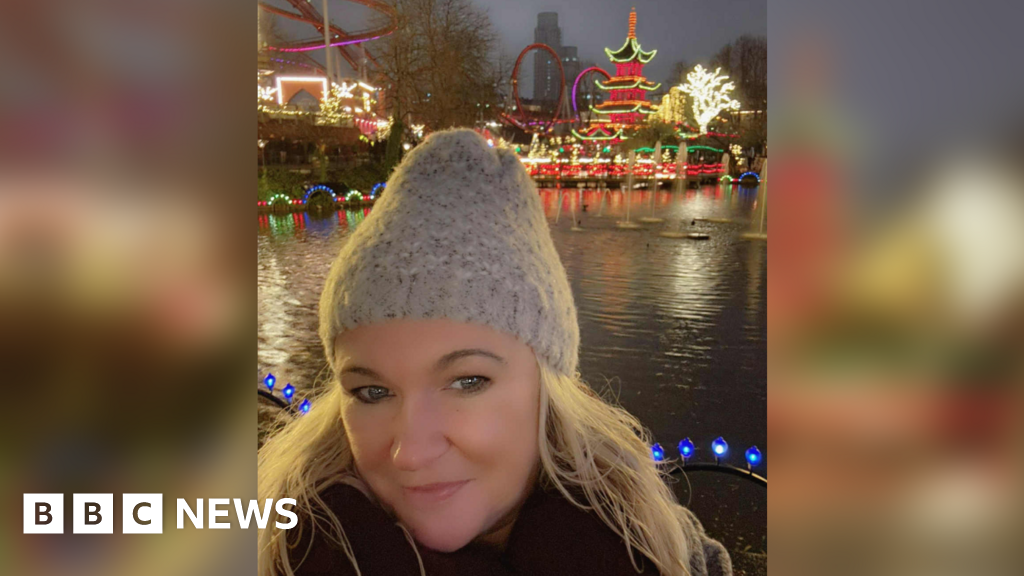Fragile Ceasefire Holds Between India and Pakistan Amid Recent Clashes

A tenuous ceasefire was in place on Sunday between India and Pakistan, following a series of intense overnight confrontations that have seen the two nuclear-armed nations engage in some of the most severe fighting witnessed in nearly three decades. The clashes, which included the deployment of missiles and drones aimed at military installations, resulted in numerous casualties, with reports indicating that dozens of lives have been lost in this latest round of hostilities.
The ceasefire agreement, initiated after significant diplomatic efforts and pressure from the United States, brought a brief period of calm. However, the situation escalated again within hours, with artillery fire reported in Indian-administered Kashmir, the epicenter of this ongoing conflict. According to local authorities, residents, and witnesses from Reuters, the sounds of air-defense systems echoed throughout border towns, reminiscent of the previous nights when similar tensions had unfolded.
On Saturday night, Indian officials accused Pakistan of breaching the ceasefire agreement and indicated that Indian armed forces had been ordered to respond decisively to any further violations. In a counter-response, Pakistan asserted its commitment to maintaining the ceasefire and accused India of instigating the violations.
By the break of dawn, reports from Reuters witnesses suggested that the nocturnal clashes and explosions had subsided, leading to a tentative sense of peace on both sides of the border. Power supply, which had been disrupted during the previous night's blackout, was restored in most areas along the border towns in India, allowing residents to resume their daily activities.
U.S. President Donald Trump took to his social media platform, Truth Social, to commend the leaders of both India and Pakistan for their agreement to halt the aggressive actions. He expressed his intention to significantly increase trade with both nations, stating, “While not even discussed, I am going to increase trade, substantially, with both of these great nations.” Trump also mentioned his willingness to assist in finding a resolution regarding the contentious Kashmir issue.
In Amritsar, a city known for its Golden Temple, which holds immense significance for Sikhs, a siren signaled the resumption of normal activities, bringing a palpable sense of relief to the local population. Many ventured out onto the streets, showcasing a collective longing for peace.
The escalation of violence can be traced back to an incident on Wednesday, which occurred just two weeks after a deadly attack in Pahalgam, Indian-administered Kashmir, where 26 individuals, primarily Hindus, were killed. As shopkeeper Satvir Singh Alhuwalia, 48, noted, “Ever since the day terrorists attacked people in Pahalgam we have been shutting our shops very early and there was an uncertainty. I am happy that at least there will be no bloodshed on both sides.”
Officials from Pakistan reported minor firing incidents in Bhimber, a locality in Pakistan-administered Kashmir, but stated that there were no casualties from these occurrences. The historical context of this ongoing strife is complex; both India and Pakistan emerged as separate nations from British colonial rule in 1947, and have since fought three wars, two of which were primarily over the Kashmir region.
Fundamentally, both nations claim the entirety of Kashmir, yet each controls only a portion of it. India accuses Pakistan of supporting an insurgency in its administered region of Kashmir, a conflict that has claimed tens of thousands of lives since it began in 1989. Conversely, Pakistan maintains that it only offers moral, political, and diplomatic support to the Kashmiri separatists.
As tensions remain high, the combined death toll from the recent skirmishes has now climbed to nearly 70 individuals, highlighting the urgent need for a lasting solution to this deep-rooted conflict.




























